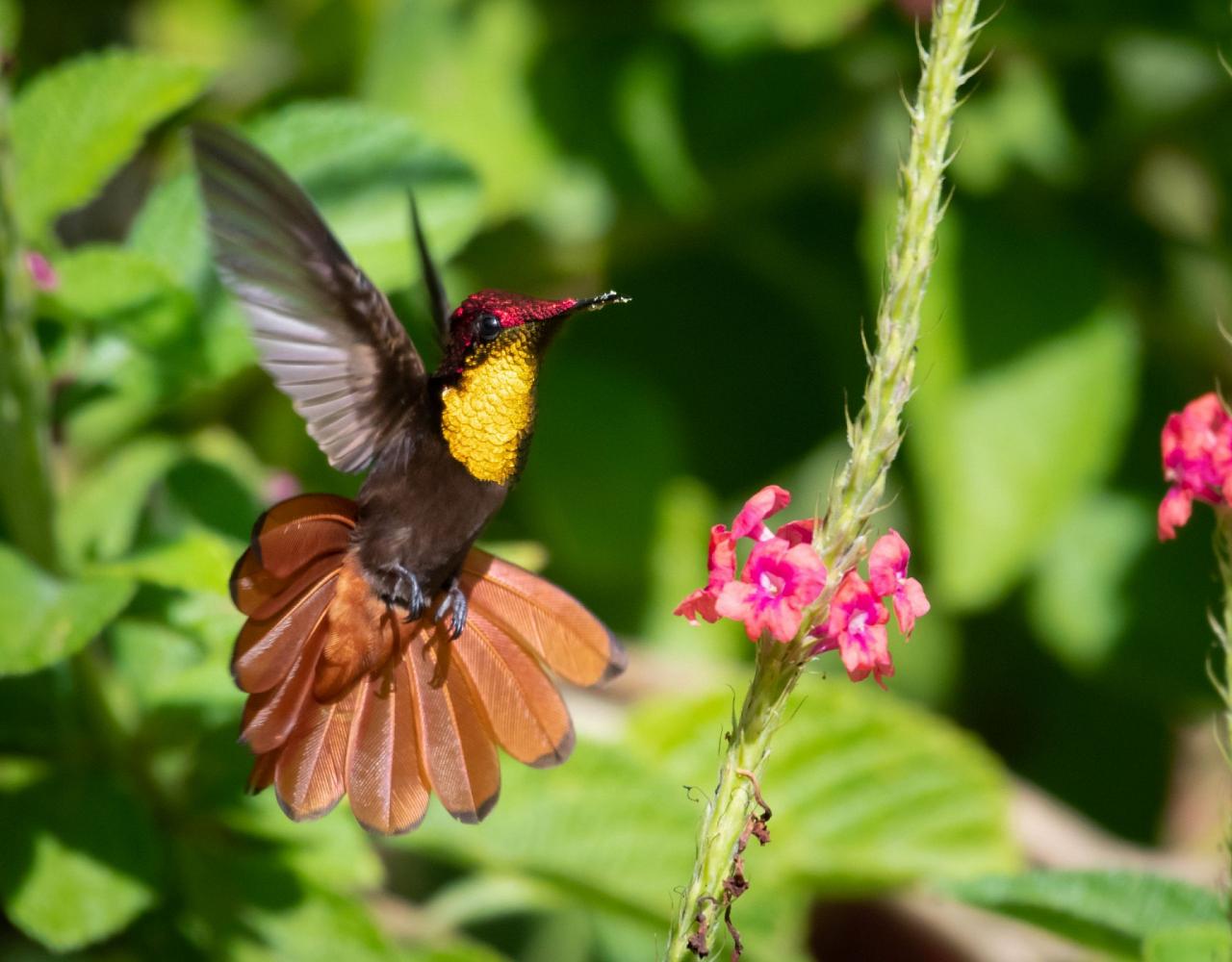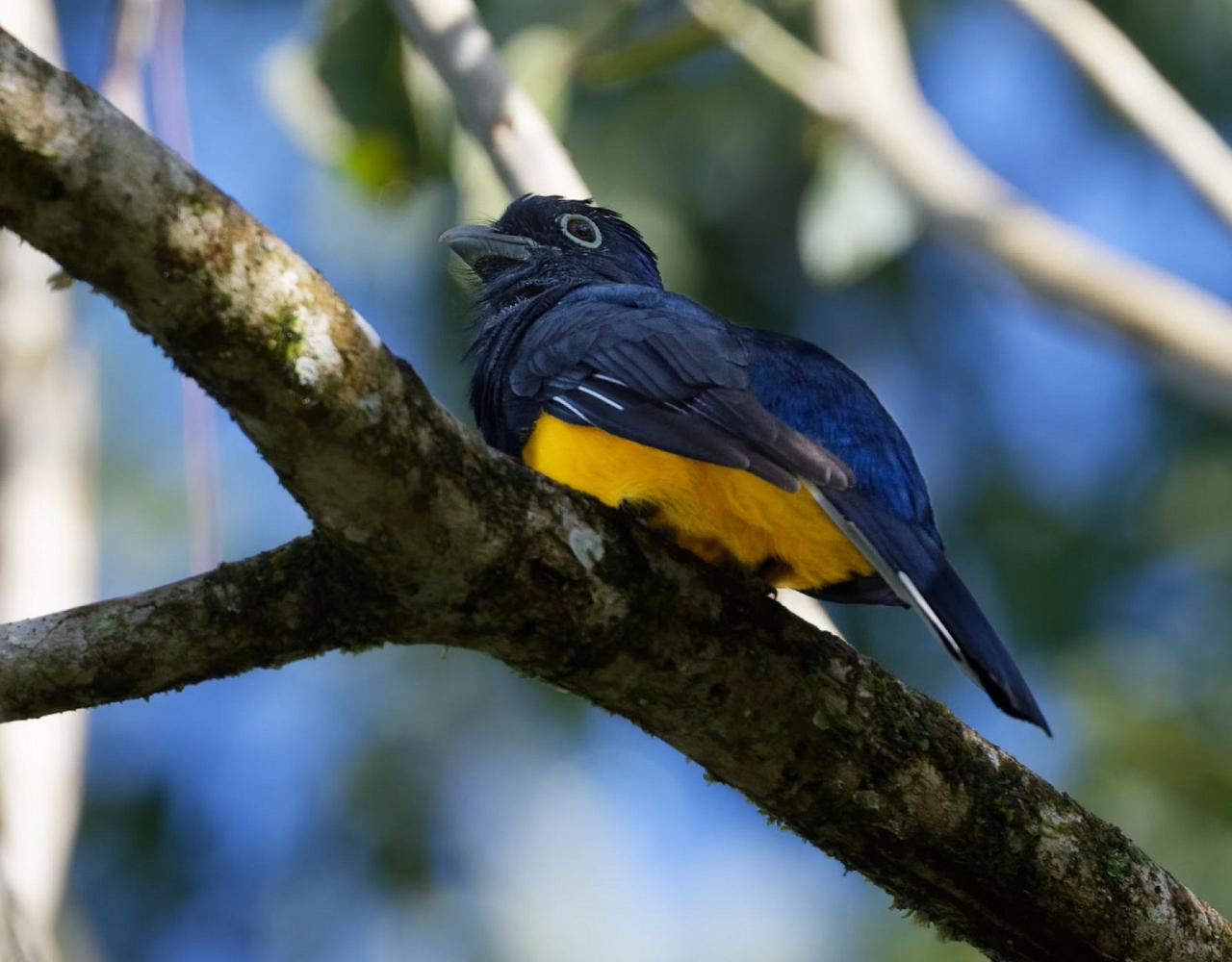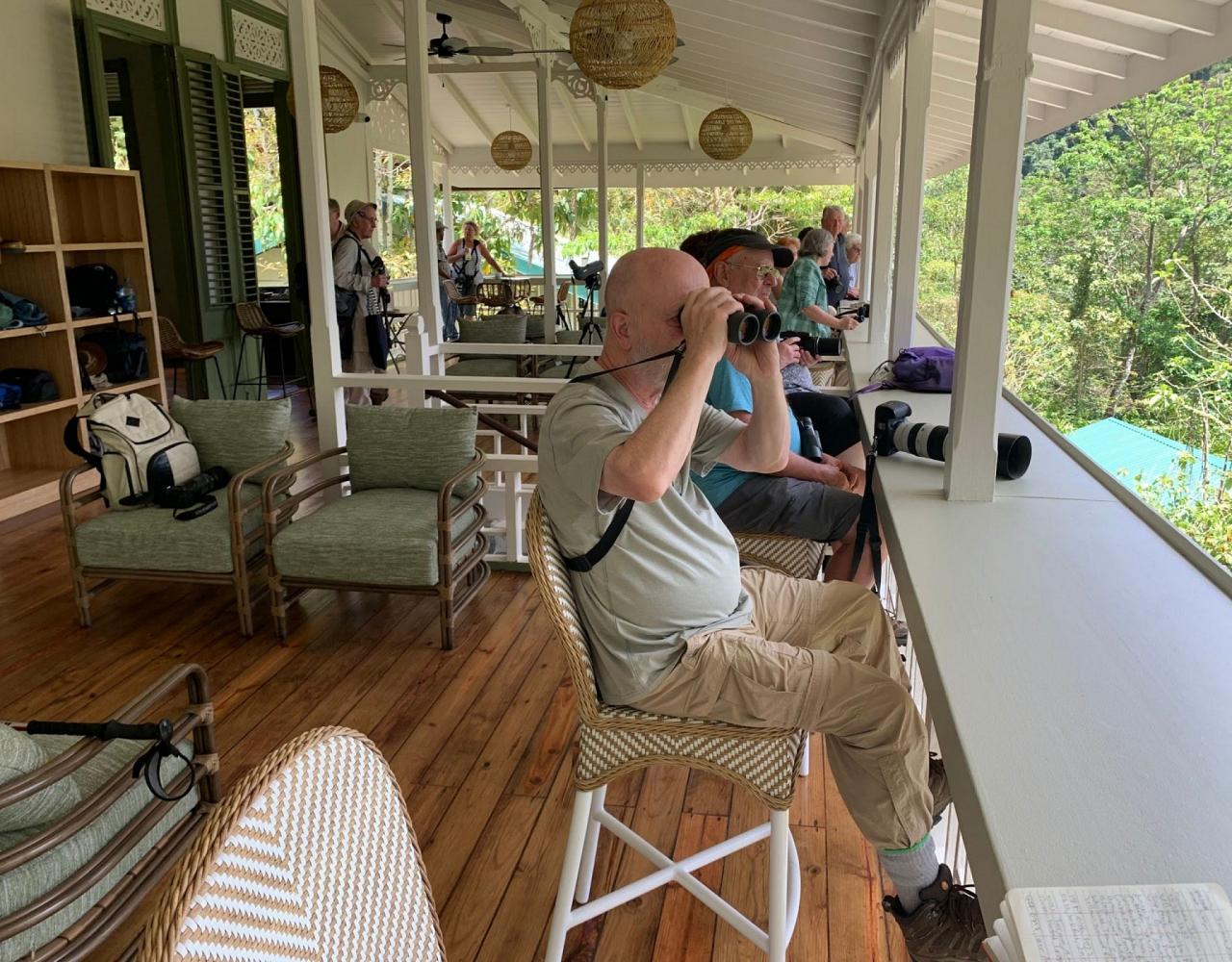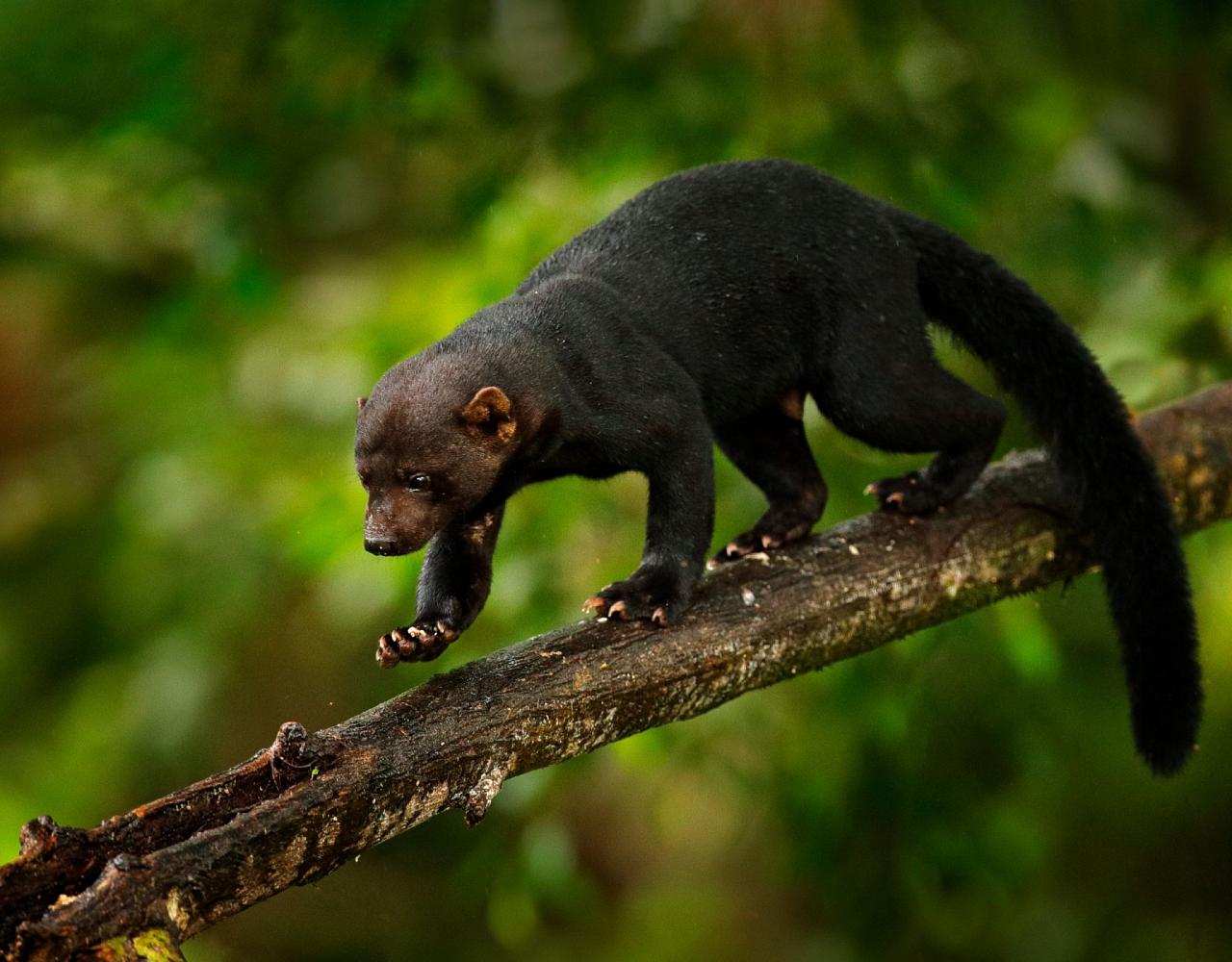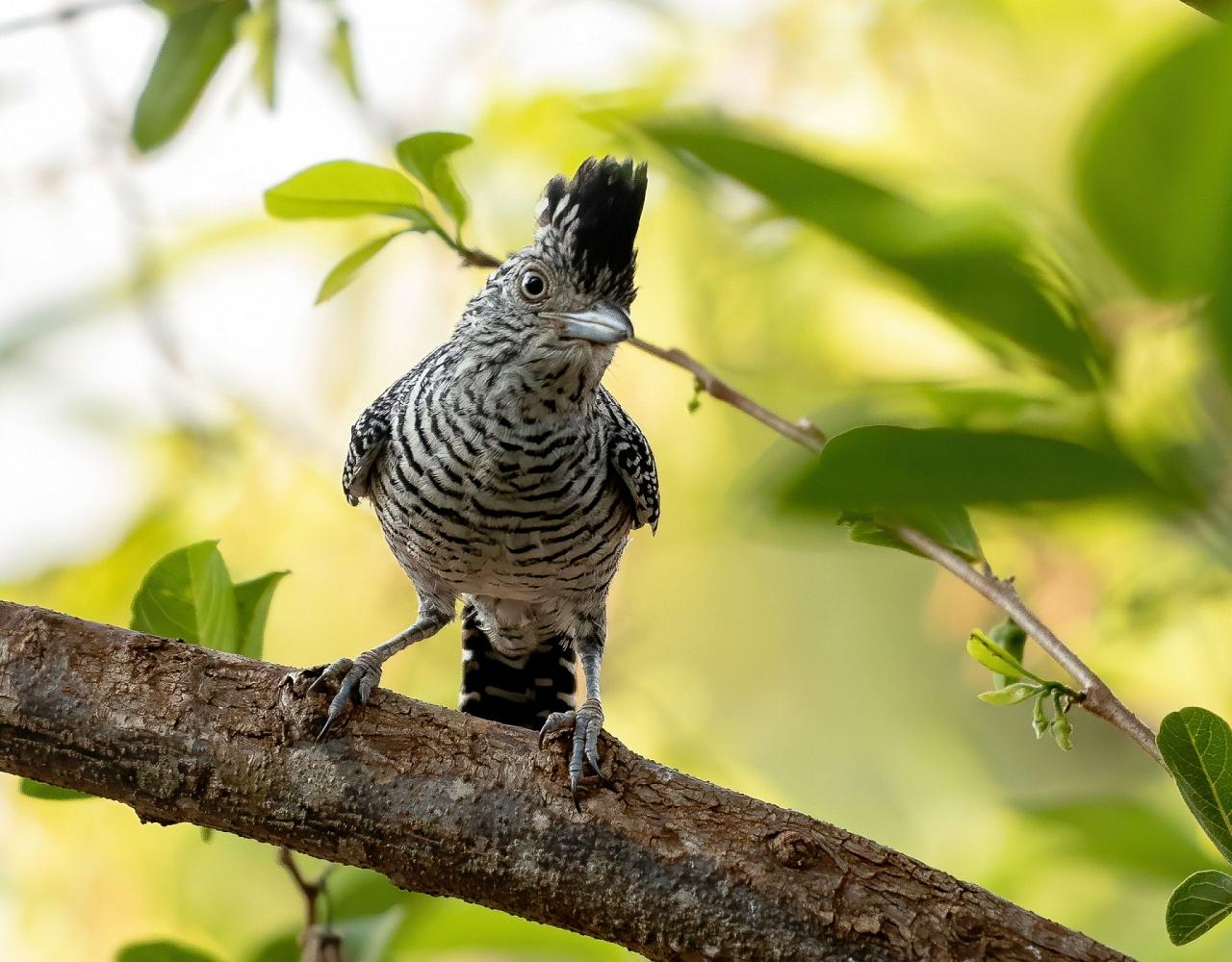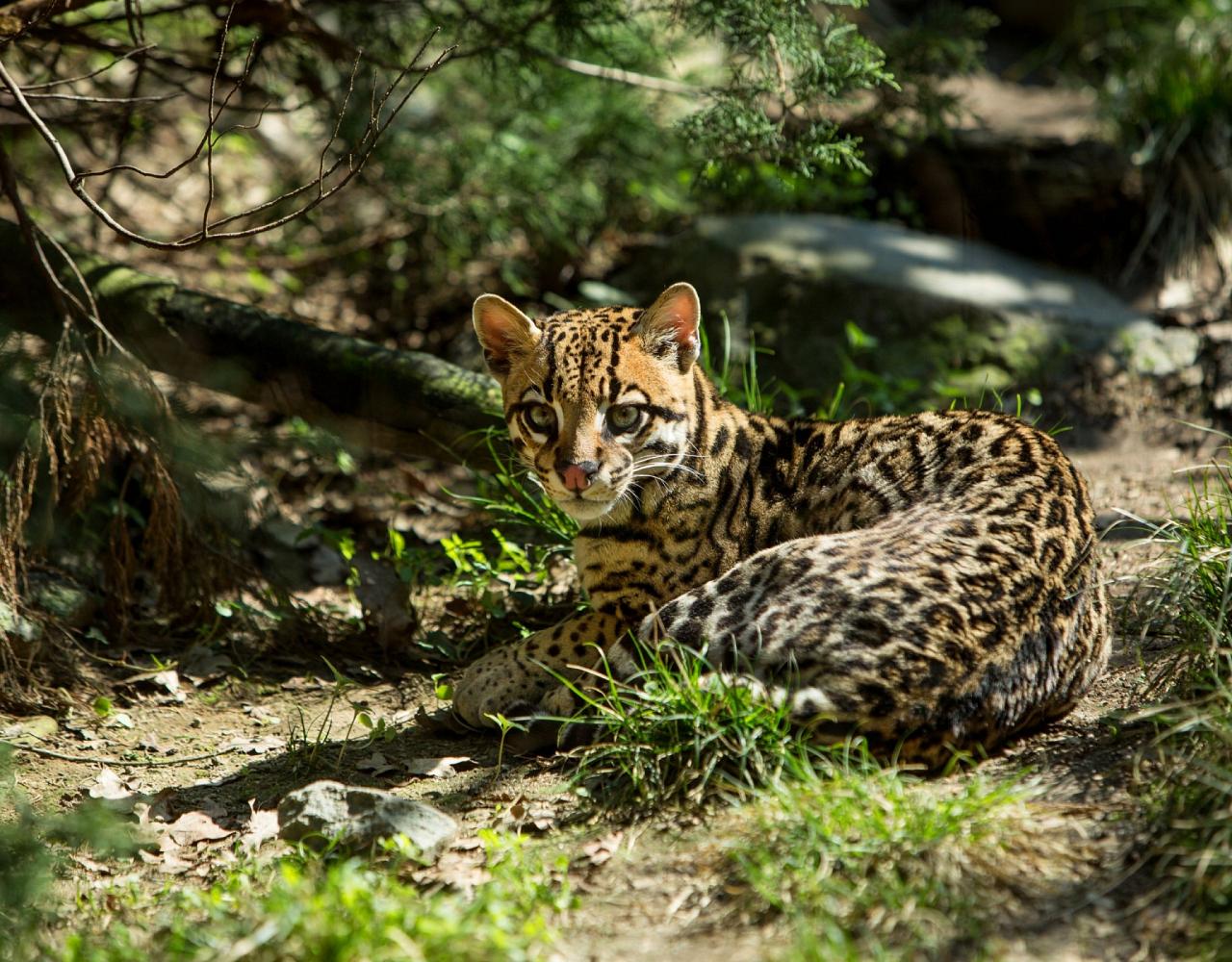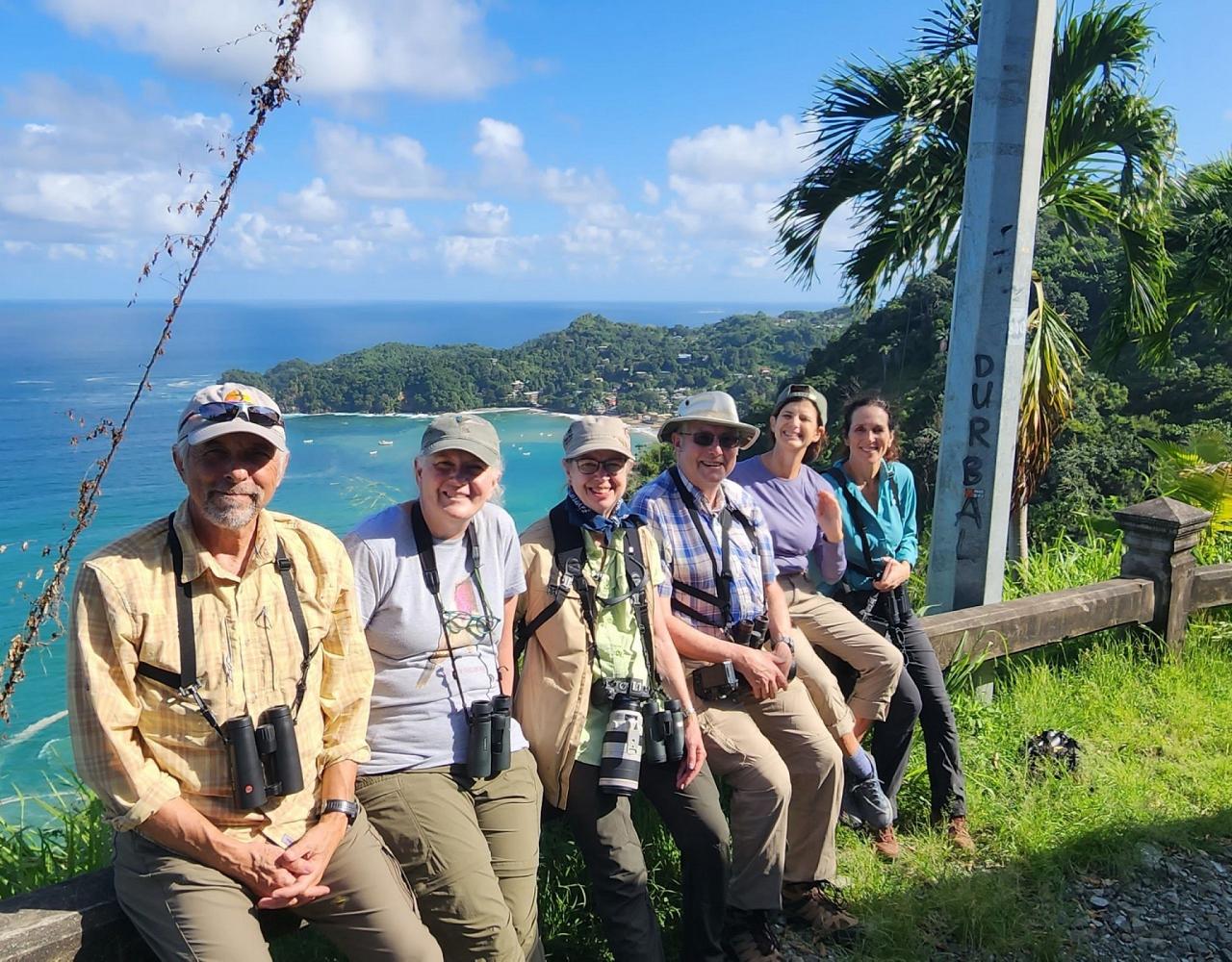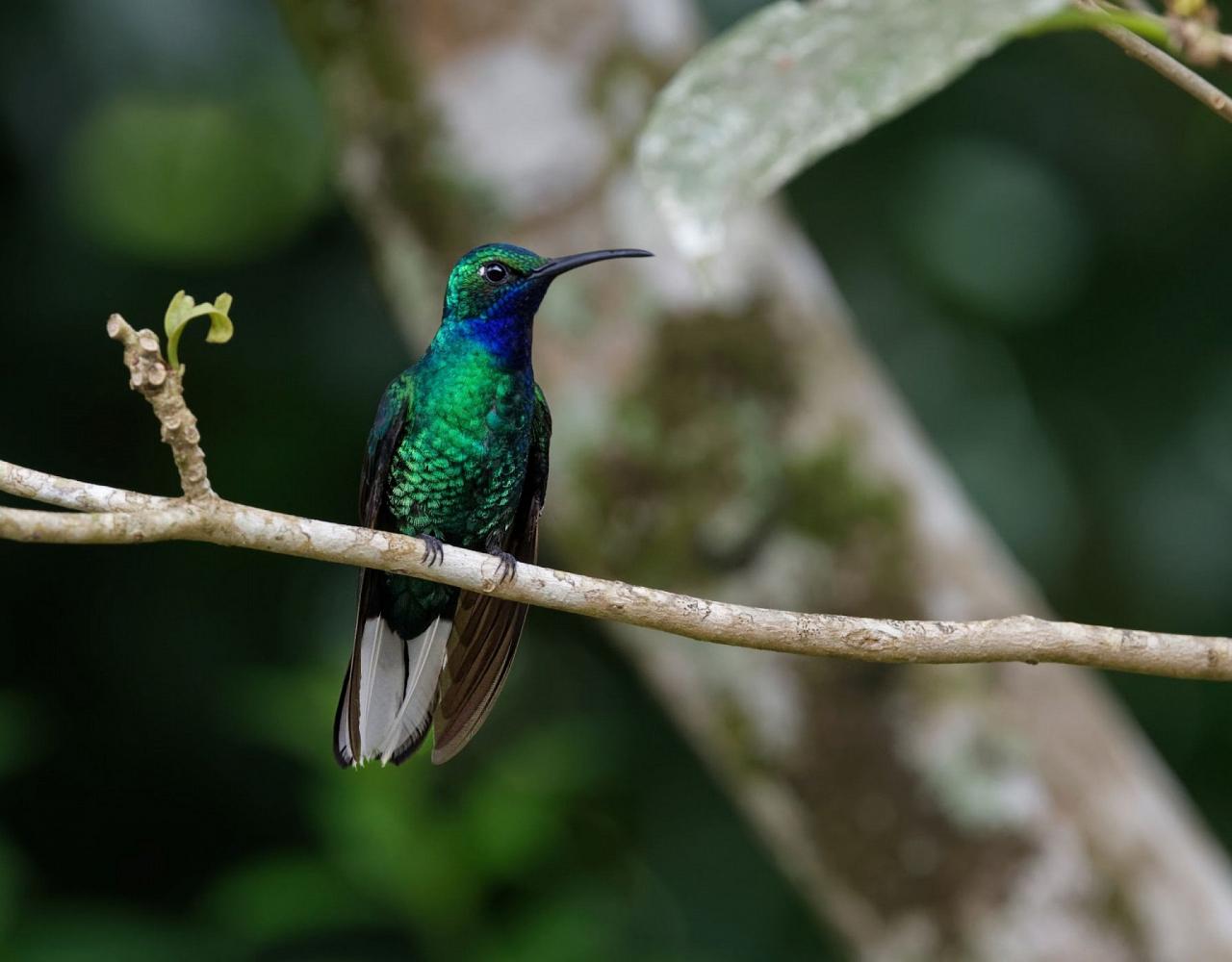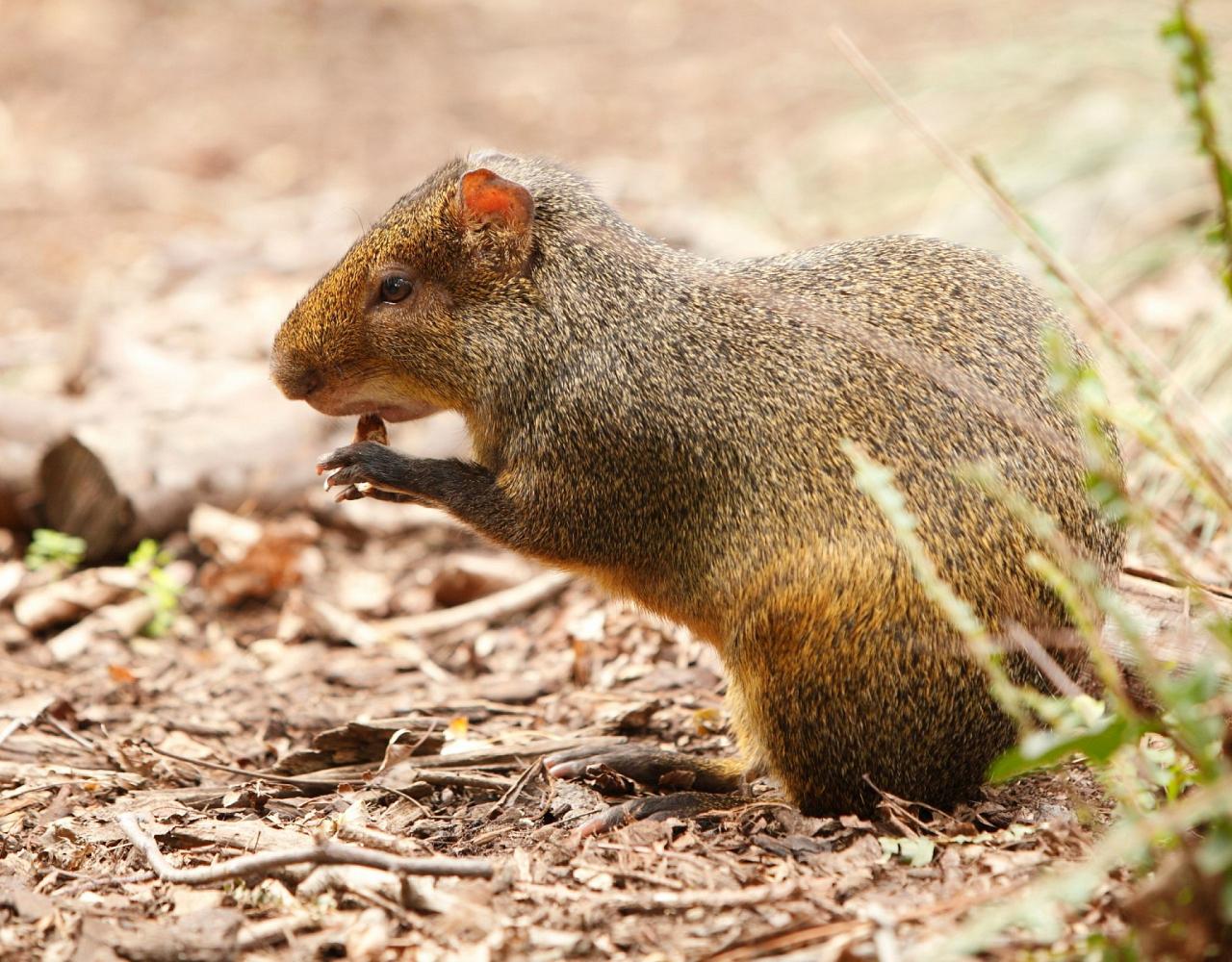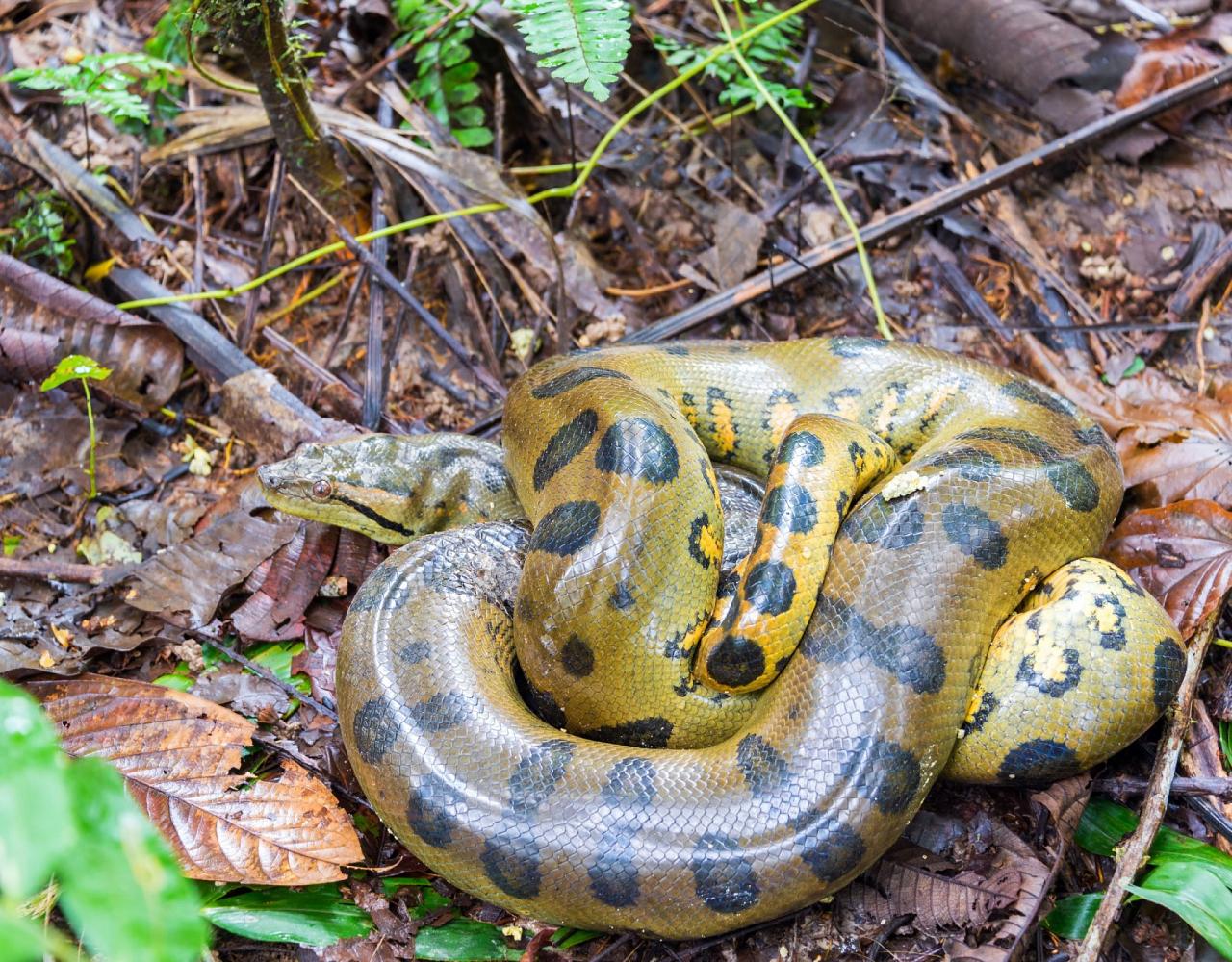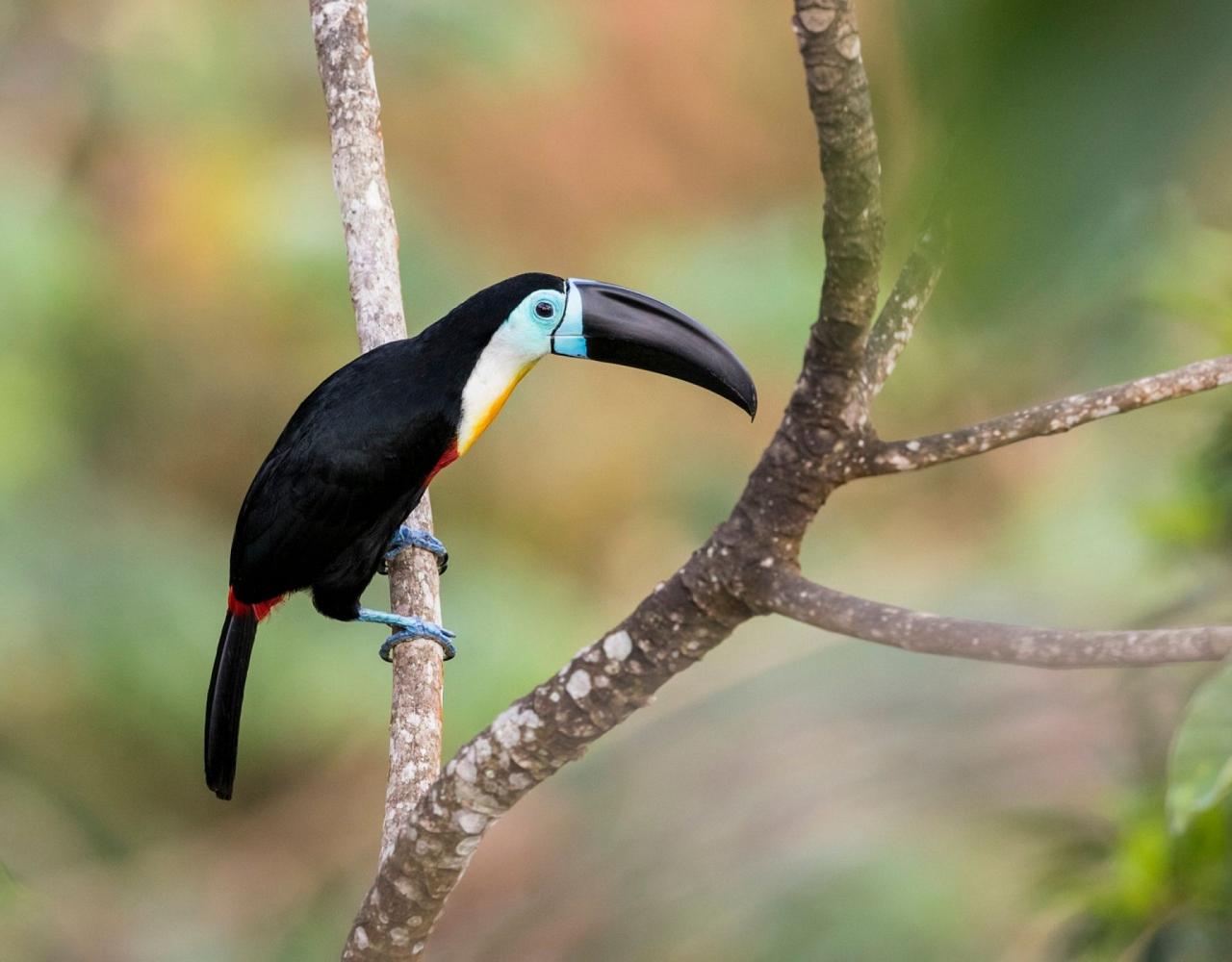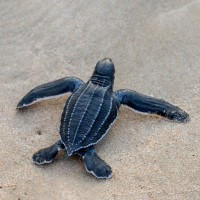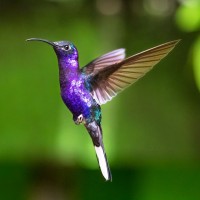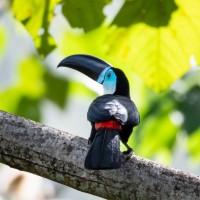- Overview
- Full Itinerary
- Photo Gallery
- Costing
- Travel Details
- Trip Reports
- Guide
- Know Before You Go
- Other Trips You May Like
Join Naturalist Journeys on this exciting tour to Trinidad. June is a fabulous time to witness the richness of life and all its complexities on this Trinidad nature tour, a fast and fun study of tropical biology and ecology. In addition to Trinidad’s famed rainbow of birds, June’s cool rains bring out a kaleidoscope of life, from land crabs to katydids to Tegu lizards and more. Ph.D. biologists, Carol Simon and Howard Topoff, lead this tour and are known for making learning fun. Imagine this as a tropical ecology course with no exams!
The continental origin and proximity of Trinidad to South America, along with its varied habitats, results in an extremely diverse biota. Dominated by the beautiful Northern Range, which rises to about 3,000 feet and was historically covered by tropical rainforest, the island is just 50 miles long and about 37 miles wide, yet boasts 97 native mammals, 400 birds, 55 reptiles, 25 amphibians, and 617 butterflies, as well as over 2,200 species of flowering plants. No other area in the West Indies, and few areas of comparable size in tropical America, match this incredible species diversity.
Dive in to your tropical forest experience at the famous Asa Wright Nature Centre (AWNC) in the Northern Range. Although world famous for its bird-watching opportunities, AWNC offers so much more for the wildlife-interested traveler. This journey also enjoys time in Grand Riviere, the stronghold for rare Trinidad Piping-Guan and Leatherback Turtle nesting. Carol and Howard present on topics that include primates, bats, social insect systems, reptiles, plants, and more. Gain new skills as you are introduced to many smaller-winged creatures, and even a few that crawl.
This tour is the perfect opportunity to immerse yourself in tropical biodiversity as you watch the rainforest come to life on day and night excursions. Carol and Howard spend their time touring the world, sharing their knowledge on cruises and land excursions. We are so thrilled they can be with us this week!
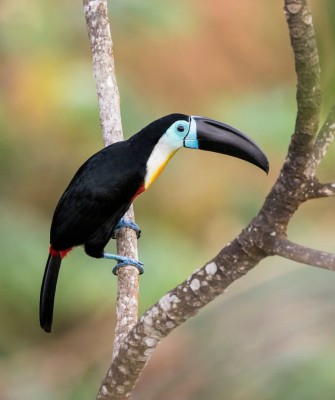
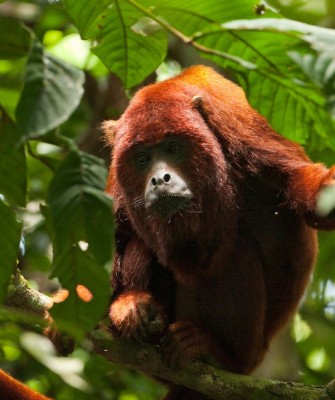
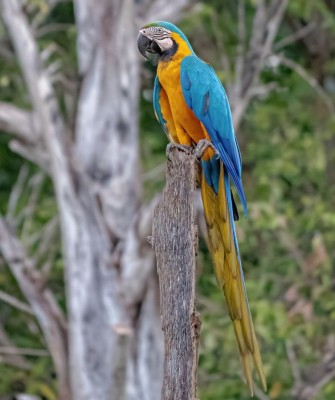
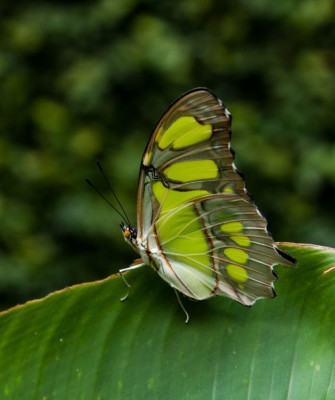
Tour Highlights
- Enjoy morning coffee and incredible birding on the Asa Wright Nature Centre’s famed verandah
- Discover the Centre’s trails to witness manakin and bellbird leks, army ants, tarantulas, native mammals, and more
- Gain exclusive access to enigmatic Oilbirds in the AWNC's own grotto of Dunston Cave
- Experience skies turned crimson with thousands of Scarlet Ibis coming in to roost in Caroni National Park
- Search for the highly endangered Trinidad Piping-Guan while at Grande Riviere
- Witness the largest sea turtle, the Leatherback, nesting on the beach and possibly see emerging hatchlings
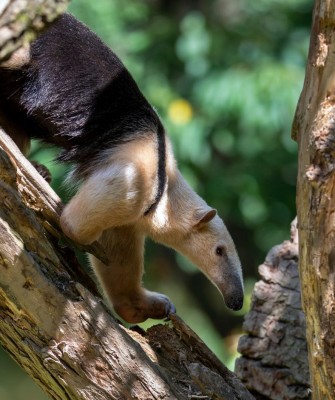
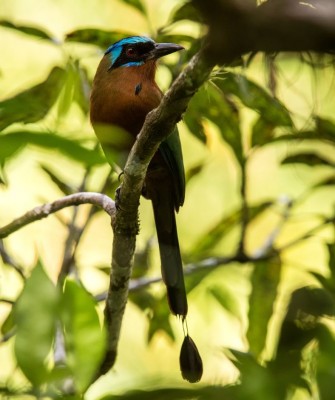
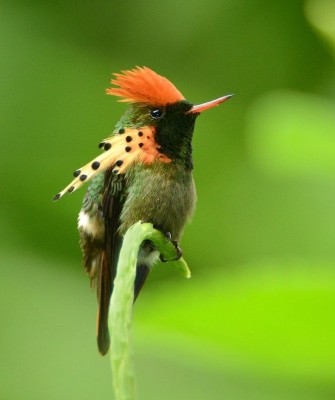
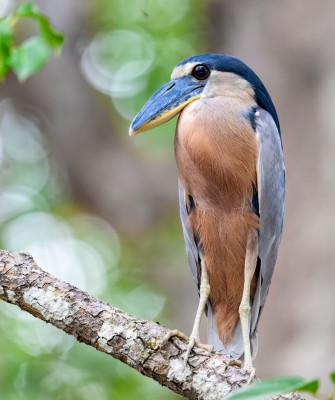
Trip Itinerary
Itineraries are guidelines; variations in itinerary may occur to account for weather, road conditions, closures, etc. and to maximize your experience.
Fri., June 20 Welcome to Trinidad!
Welcome to Trinidad! Upon arrival at Piarco International Airport, you are met at the airport. Drive to your lodgings for the next three nights at the delightful Hacienda Jacana. Tropical air greets you as well, and the adventure begins.
Nestled into nature, Hacienda Jacana’s two-room casitas with kitchen and living room surround a small pond. Even from your porch the birding is terrific! This nature oasis has just four casitas and a few rooms in the main estate house, so our groups stay small (7 – 10). Meals are catered and feature local, delicious Caribbean and “Trini” cuisine. The Hacienda is in an ideal location to start our adventures and field trips and away from the bustle of Port of Spain.
Note: If your flight arrives late, consider arriving a day early (additional cost), and enjoy an unscheduled morning. We recommend a local house with a view of the city for added time. Our guides meet all flights on the tour start date, and also pick up at the Pax Guest House.
Accommodations at Hacienda Jacana (D)
Birds at Hacienda Jacana
Copper-rumped Hummingbird, Gray-cowled Wood-rail, White Hawk, Green-backed Trogon, American Pygmy Kingfisher, Streaked Flycatcher, Violaceous Euphonia, Crested Oropendola, Yellow Oriole
Sat., June 21 Nariva Swamp | Trinidad’s Atlantic Coast | Night Birds
This morning, after breakfast and enjoying the sounds of nature waking up at the Hacienda Jacana, we head out for a full but rewarding day, first visiting a couple of spots in the tropical lowlands habitat and then heading on to agricultural fields and mangroves at Nariva Swamp. We visit some wetland areas and open savannah that makes it fun to explore while providing some interesting new species.
As the day warms up, we drive east, then stop for a picnic lunch and seabird sightings on the beach at Manzanilla. Magnificent Frigatebird and Brown Pelican are the most likely species.
Driving down “Coconut Alley” leads us through beachside habitats before we enter Nariva Swamp. Raptors often perch up on long lines of palms. Here, the Nariva River reaches the sea; freshwater environments of herbaceous swamp and mangrove swamp forest make for spectacular birding. There are some fascinating mangrove habitats to scan from the road and we make several stops along the way. Pygmy Kingfisher and Silvered Antbird are secretive species we hope to find.
We aim to be back and in position about 4:00 PM for an exciting night bird excursion, complete with your rum punch and hot dinner in tow. An unused airfield is the first birding stop (pre-sunset), then to a grove of palms that attract Red-bellied Macaw and Moriche Oriole. Next, we set out on a slow drive with lights for spotting night birds.
Accommodations at Hacienda Jacana (B,L,D)
Birds of the Lowlands
Great Kiskadee, Tropical Kingbird, Carib Grackle, Short-tailed Swift, Cocoi Heron, Savannah Hawk, Gray-headed Kite, Yellow-headed Caracara, Wattled Jacana, Southern Lapwing, Green-rumped Parrotlet, Fork-tailed Palm-Swift, White-winged Swallow, White-headed Marsh-Tyrant, Pied Water-Tyrant, Yellow-chinned Spinetail, Red-breasted Meadowlark, Grassland Yellow-Finch, Ruddy-breasted Seedeater
Gazing out to Sea
Magnificent Frigatebird, Brown Pelican, Leach’s Petrel (rare)
East Towards Nariva
Common Black-Hawk, Yellow-headed and Crested Caracaras, Savannah Hawk, Pearl Kite, Gray-lined Hawk, Plumbeous Kite, Green and American Pygmy Kingfishers, Black-crested Antshrike, Silvered Antbird, Brown-crested Flycatcher, Pinnated Bittern, Black-bellied Whistling-Duck, Purple Gallinule, Yellow-hooded Blackbird, White-tailed Goldenthroat, Long-winged Harrier, Yellow-crowned Parrot, Red-bellied and Blue-and-yellow Macaws
Night Bird Outing
Fork-tailed Palm-Swift, Sulphury Flycatcher, Moriche Oriole (rare), White-tailed Nightjar, Common Pauraque, Common Potoo, Tropical Screech-Owl, Barn Owl, Spectacled Owl (if we’re lucky!)
Sun., June 22 Cultural Sites | Yerettê Hummingbirds | Scarlet Ibis of Caroni National Park
Today we head over to the Gulf of Paria and bird the shorelines for this morning’s outing. From February to November large numbers of both Yellow-billed and the striking Large-billed Terns are present while from mid-April to October breeding Collared Plover can be found. Many of the shorebirds found in Trinidad are passing migrants. During the appropriate seasons, resident birds are augmented in varying numbers by Wilson’s Plover, Spotted, Solitary, Pectoral, White-rumped, and Stilt Sandpipers, American Golden Plover, and occasionally Hudsonian Godwit. The shallow waters of the Gulf of Paria provide a haven from inclement weather and the list of rarities in this area is substantial. It includes the only Maguari Stork, Terek Sandpiper, and both Kelp and Greater Black-backed Gulls. In some years near Carli Bay, we can find rare resident Rufous Crab-Hawk. Also of significant interest, is the beautiful Hindu Temple of the Sea, in view from our birding areas and well worth a visit. Additional cultural sites can be added to this day as time allows.
For lunch, we visit the hummingbird retreat called Yerettê, “Home of the Hummingbird.” Located in the Maracas Valley, this private home and lush garden attracts up to 14 of the 18 species of hummingbirds found in Trinidad and Tobago. A photographer’s delight, hummingbirds gather at the feeders and native vegetation by the tens to hundreds depending on the time of year.
We aim to be at the dock to catch our boat in Caroni no later than 4 PM, perfect timing for the spectacle of Scarlet Ibis coming to roost and more.
To see Caroni National Park in the most intimate way, we bird by boat (watch for Ruschenberger’s Tree Boa and Silky Anteater, too), then moor up at a quiet spot in the mangroves to let the sunset show begin. Hundreds, and sometimes thousands, of Scarlet Ibis cloud the sky as they fly into an island to roost. Tonight’s experience is one you won’t soon forget, often rated among the world’s top birding spectacles.
Accommodations at Asa Wright Nature Centre, Arima (B,L,D)
Coastal Bird Highlights
Magnificent Frigatebird, Brown Pelican, Neotropic Cormorant, Great and Snowy Egrets, Little Blue and Tricolored Herons, Yellow-crowned Night-Heron, Black-necked Stilt, Southern Lapwing, Willet, Hudsonian Whimbrel, Greater and Lesser Yellowlegs, Semi-palmated and Black-bellied Plovers, Short-billed Dowitcher, Laughing Gull, Royal Tern, and Black Skimmer, Long-winged Harrier, Yellow-hooded Blackbird, Bicolored Conebill, Masked (Red-capped) Cardinal, Straight-billed Woodcreeper, Green-throated Mango, Northern Waterthrush, Anhinga, Striated Heron, White-cheeked Pintail, Large-billed Tern, Pied Water-Tyrant, Black-crested Antshrike, Common Potoo, Scarlet Ibis
Birds of Yerettê
Copper-rumped, White-chested Emerald, Blue-chinned Sapphire, White-necked Jacobin, Black-throated Mango, Long-billed Starthroat, Ruby Topaz, Tufted Coquette, Green Hermit, Rufous-breasted Hermit, Little Hermit, Brown Violetear, Rufous-shafted Woodstar, White-tailed Sabrewing hummingbirds
Mon., June 23 Birding Trinidad's Northern Range | Blanchisseuse Road from the Asa Wright Nature Centre | Brasso Seco Village
Today we pack up and head into the mountains. Our scenic, day-long excursion takes us high into the Northern Range on the Blanchisseuse Road. Stately trees arch over the shaded road and views from overlook points are grand. We make frequent birding stops and enjoy a local lunch in the picturesque village of Brasso Seco (with four or fewer participants a picnic lunch is provided). We continue through the mountains to the village of Morne la Croix to enjoy watching parrots fly in to roost.
Today also offers the opportunity to examine other species, perhaps the strange world of leafcutter and army ants or bright colored land crabs catch your eye. The abundance of tropical life surrounds you—observe or photograph butterflies, orchids, and other tropical flora.
In the late afternoon we arrive back at the Asa Wright Nature Centre and settle into our cottages. Enjoy a fine view off of the Verandah. Rum punch is served at sunset and dinner is served in their spacious dining room. After dinner, enjoy an evening presentation or possibly a night walk to see nocturnal species.
Accommodations at the Asa Wright Nature Centre, Arima (B,L,D)
Bird Highlights of the Northern Range
Swallow-tailed Kite, Common Black Hawk, Bat Falcon, Collared Trogon, Ornate Hawk-Eagle, Bearded Bellbird, Channel-billed Toucan, Trinidad Piping-Guan, Short-tailed Hawk, Streaked and Euler’s Flycatchers, Rufous-tailed Jacamar, Blue-headed Parrot, Lilac-tailed Parrotlet, Orange-winged Parrot, Collared Trogon, Golden-olive, Red-rumped, and Chestnut Woodpeckers, Ferruginous Pygmy-Owl, Stripe-breasted Spinetail, Cocoa and Plain-Brown Woodcreepers, Dusky-capped and Slaty-capped Flycatchers, Rufous-breasted Wren, Long-billed Gnatwren, Golden-fronted Greenlet, Speckled and Hepatic Tanagers, Yellow-rumped Cacique
Tues., June 24 Trails at the Asa Wright Nature Centre | Oilbirds of Dunstan Cave
Today we have the full day to enjoy the wonderful ambiance of the Asa Wright Nature Centre. The grounds and trails have a host of excellent food plants for birds, and our guides know where to find the best activity. We plan to bird the trails and the quiet winding driveway leading into the property, as well as to spend some time with guides on the verandah.
With a three-night stay at the Centre, we hope to be able to visit Dunstan Cave, one of Trinidad’s major colony sites for Oilbird, a unique species in that it is a nocturnal, fruit-eating bird. This colony has been monitored for many years. Enjoy a chance to learn about their ecology and conservation. The trail to the cave is steep in some locations, so wear secure footwear especially in wet conditions. We take it at a birder’s pace and if you are not up to it, feel free to enjoy free time on the verandah or grounds at your leisure. There is also a nice freshwater pool for those that want to take a cooling swim!
Accommodations at the Asa Wright Nature Centre, Arima (B,L,D)
Wed., June 25 Aripo Agricultural Station | El Suzanne Rainforest Lunch | Grand Riviere
This morning, after breakfast, we head out for a full but rewarding day, first visiting the nearby Aripo Agricultural Station and then heading on to Nariva Swamp. The station has a series of ponds and water canals and open savannah that makes it fun to explore while providing some interesting new species.
We stop in at the hospitable El Suzanne Rainforest Lodge. Enjoy a locally sourced lunch and search out more key birds. Nestled in the Tamana Rainforest and bounded by the Cumuto River (a tributary of the Caroni), this hidden gem features forest birding alongside a large, comfortable terrace and dining area. The photographers among our group love this stop!
From here we depart for Grand Riviere, making scenic stops on the rugged coastline. Endemic Trinidad Piping Guan, known locally as Pawi, lure us to this side of the island. In Grande Riviere, we uncover this critically endangered bird’s final stronghold. Experts estimate there may be fewer than 300 left on Earth. For part of the year Grande Riviere’s beaches are home to the world’s densest congregation of nesting Leatherback Sea Turtles. On some nights, hundreds of these gigantic turtles populate the beach. Most nest between April and July, however they are also likely to be seen from March through August, and occasionally they are spotted at other times of the year. We enjoy a special outing tonight to see these turtles, and we can expect to see babies hatching throughout the afternoon.
Accommodations at Grand Riviere (B,L,D)
Bird Highlights at the Aripo Agricultural Station
Great Kiskadee, Tropical Kingbird, Carib Grackle, Short-tailed Swift, Cocoi Heron, Savannah Hawk, Gray-headed Kite, Yellow-headed Caracara, Wattled Jacana, Southern Lapwing, Green-rumped Parrotlet, Fork-tailed Palm-Swift, White-winged Swallow, White-headed Marsh-Tyrant, Pied Water-Tyrant, Yellow-chinned Spinetail, Red-breasted Meadowlark, Grassland Yellow-Finch, Ruddy-breasted Seedeater
Bird Highlights at Grand Riviere
Trinidad Piping-Guan, Southern Lapwing, Lilac-tailed Parakeet, Gray-headed and Plumbeous Kites (in season), White Hawk, Bat Falcon, Lineated and Crimson-crested Woodpeckers, Grayish Saltator, Silvered and White-bellied Antbirds, Black-tailed Tityra, Trinidad Euphonia, mixed flocks of colorful tanagers
Thurs., June 26 Morning in Search of Piping Guan | Flight to Tobago | Cuffie River Nature Retreat
Once hunted to near extinction, the Trinidad Piping Guan has been the focus of considerable local conservation efforts. The bird has responded well, slowly increasing in numbers and visibility. This morning we scrutinize the wild nutmeg trees that are their preferred feeding habitat. The birding is excellent in Grande Riviere and the morning may reveal 60 or more species. Much of the birding is done from a wide forested track, where you can easily enjoy superb viewing areas. Having hopefully found the Pawi, we continue driving down a steeply wooded slope into riverine forest where we bird until mid-morning.
In the afternoon we head for the idyllic (scenic!) island of Tobago. It’s a short 25 minute flight from the Port of Spain airport’s domestic terminal, and Jason Radix, our excellent naturalist for this part of the journey is there to greet us. Settle into your spacious rooms at the Cuffie River Nature Retreat and catch the daily fly-in of Orange-winged Parrot and more as the sun goes down.
Local food is just delicious here and evening meals are a treat. If we are lucky night birds such as Common Potoo may appear in the lights of the lodge as we dine!
Accommodations at the Cuffie River Nature Retreat (B,L,D)
Common at Cuffie’s Feeders
White-tailed Saberwing, Ruby Topaz Hummingbird, White-necked Jacobin, Bananaquit, Spectacled Thrush, Barred Antshrike, Common Potoo
Fri., June 27 Cuffie River Trails & Adventure Farm | Wetland Birding
In keeping with Tobago’s laid-back vibe, today is easy-going. In the morning we explore a nature trail close to the lodge, walking from the entry with the lodge’s expert guide, Desmond Wright. While we never move faster than a birder’s pace, the trail is up and down small hills, so a walking stick may be handy.
Return to the lodge for a delicious lunch and brief rest before traveling off site to Adventure Farm, a delight for birders and the culinary-inclined. The farm is a mix of varietal fruit trees rimmed by natural forest. Enjoy a winding trail through the property spending time at fruit and hummingbird feeders. Tropical Mockingbird provide a serenade. This location is a favorite for photographers.
Keep your binoculars handy as we may have time for some wetland birding stops. Walk around well-placed ponds that attract ducks, wading birds, and possible Spectacled Caiman. We always add several species as we explore.
Be sure to be at a good viewpoint for sunset, as hordes of parrots, parrotlets, and noisy chachalacas fly here to roost—quite a spectacle! After dark, check the driveway’s streetlight for night birds.
Accommodations at Cuffie River Nature Retreat (B,L,D)
Cuffie River Bird Highlights
Rufous-tailed Jacamar, White-tailed Sabrewing, Blue-backed Manakin, Yellow-legged Thrush, Rufous-vented Chachalaca, Ruby Topaz Hummingbird, Collared Trogon, Red-crowned Woodpecker, White-fringed Antwren, Orange-winged Parrot, Fuscous, Yellow-breasted, and Venezuelan Flycatchers, Caribbean Martin, Scrub Greenlet, Common Potoo, White-tailed Nightjar
Wetland Bird Highlights
Black-bellied Whistling Duck, Green and Tricolored Herons, White-cheeked Pintail, Least Grebe, Southern Lapwing, Eared Dove
Sat., June 28 Gilpin Trace on Tobago’s Main Ridge Reserve | Little Tobago Island from Blue Waters Inn
We have an early breakfast and head out for our drive high into the mountains in Tobago's historic Main Ridge Forest Reserve, the world’s oldest legally protected forest. Scientific American once said that “the protection of Tobago’s Forest was the first act in the modern environmental movement.” In 2022, UNESCO named much of Northeast Tobago part of a new Man and the Biosphere Reserve.
Tobago’s montane forests are home to 210 species of birds. On a trail into the forested interior, we look for several elusive species, including White-tailed Sabrewing, a large hummingbird once thought to be extinct. We have chances for this near-endemic on our Main Ridge Forest Reserve trip, and even better chances at the feeders and flowers of our lodge, Cuffie River Nature Retreat.
We also seek out Blue-backed Manakin, Yellow-legged Thrush, and other Tobago specialties, including Red-crowned Woodpecker and White-fringed Antwren. After a satisfying walk, we then travel through vibrantly colored hillside villages to the dock at Blue Waters Inn, where we board a glass-bottom boat for a pleasant cruise to Little Tobago Island. The island, one of the country’s most significant wildlife sanctuaries, offers incredible views of plentiful and rare seabirds, both from the boat and by walking a trail up to a lookout point on the island, where Tropical Dry Forest occurs.
Leaving the island (if sea conditions are right), the captain takes time to look for colorful fish and possible Hawksbill Sea Turtle as we pass a former coral garden off Goat Island. The Atlantic side of the island has experienced extensive coral bleaching and while it’s still excellent for divers, snorkeling is not what it once was.
After a long but fulfilling day, we head back to our delightful digs and another delicious meal at Cuffie River Nature Retreat. Tonight is our farewell dinner and we share highlights, favorite birds, and favorite moments of the journey.
Accommodations at Cuffie River Nature Retreat (B,L,D)
Main Ridge Forest Reserve Bird Highlights
Trinidad Motmot, Collared Trogon, White-tailed Sabrewing, Blue-backed Manakin, Yellow-legged Thrush, Red-crowned Woodpecker, White-fringed Antwren, Plain Antvireo, White-throated Spadebill, Olivaceous Woodcreeper, Stripe-breasted Spinetail, Golden-olive Woodpecker, Rufous-breasted Hermit, Rufous-breasted Wren
Around Little Tobago Island
Brown Noddy, Red-billed Tropicbird, Red-footed and Brown Boobies, Sooty Tern, Chivi Vireo, Brown-crested Flycatcher, Pale-vented Pigeon, Roseate and Bridled Terns, Scaly-naped Pigeon, Audubon’s Shearwater sitting in its burrow (if we’re lucky).
Sun., June 29 Departures
After a filling breakfast, bid farewell to Tobago. We arrange drivers for you to connect to the flight you schedule. International flights out of POS must be booked out today AFTER 10:00 AM. You need to leave time for the inter-island flight from Tobago back to Port of Spain. Book the flight from Tobago to coordinate with your outbound International as soon as possible; the first flight out is typically 7:00 AM and they usually run about every hour. If you see an early morning international flight that you want, you can enjoy the day at our nature lodge, go back to an airport hotel (additional cost) in Port of Spain and fly out the next day. Regardless of when you go, you need time in Port of Spain to collect luggage and check in with your international carrier. The 10:00 AM rule is firm.
Your departure time is confirmed the night before with the front Desk to arrange your return transfer. Late check-out may be available for you for an additional fee, to be arranged with the front desk at the time of your visit. Luggage can be stored if you plan activities ahead of later flights. (B)
Cost of the Journey
$5,390 DBL / $6,090 SGL
Travel Details
Please plan to make air travel plans only after the minimum group size has been met. We will send you a confirmation email as soon as the trip has been confirmed.
More details to come!
Browse below for trip reports and species lists from past versions of this and other tours from this destination.
Trinidad & Tobago
- June 2011
- December 2014
- February 2015
- March 2015
- March 2017 (Trinidad Only)
- January 2018
- December 2018
- January 2020
- March 2020
- December 2022
- March 2023
- April 2023
- June 2023
- November 2023 (Thanksgiving Trip)
- December 2023 (Christmas Tour)
- January 2024
- February 2024
-
Drs. Howard Topoff & Carol Simon

Drs. Howard Topoff and Carol Simon have been study leaders on natural history trips for over 30 years. Both are formerly professors at the City University of New York and Research Associates at the American Museum of Natural History. Howard Topoff has spent 40+ years researching the social behavior of animals. His field research has been conducted in Central and South America, Africa, and in the deserts and mountains of Arizona. In addition to his publications in scientific journals, his more popular articles have appeared in magazines such as Scientific American and Natural History. His research has been featured on National Geographic Television, and Scientific American Frontiers. Carol Simon is broadly trained in ecology, behavior and evolution. Her research on the social behavior of reptiles has taken her to many areas of North and Central America. Her current field research on reptile behavior is based in the Chiricahua Mountains of Arizona. As an added bonus, Carol and Howard provide multimedia presentations that provide in-depth insights into the natural history of the regions visited.
Other trips with Drs. Howard Topoff & Carol Simon
-
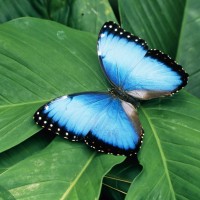 Panama: Intro to Tropical Biodiversity FULL - Check out Western Panama: Tranquilo Bay in October!September 28 - October 6, 2024
Panama: Intro to Tropical Biodiversity FULL - Check out Western Panama: Tranquilo Bay in October!September 28 - October 6, 2024
-
Essential Information +
Pace & Protocols +
Packing List +
Suggested Reading List +
Useful Links +
Photo credits: Banners: Green Honeycreeper (NJ Stock), Scarlet Ibis (Hugh Simmons), Group at Asa Wright (Hugh Simmons), Purple Gallinule (NJ Stock), Red Howler Monkey (Mukesh Ramdass), Trinidad Motmot (NJ Stock), Asa Wright Nature Center (Hugh Simmons), Thumbnails: Channel-billed Toucan (Peg Abbott), Red Howler Monkey (NJ Stock), Blue-and-Yellow Macaw (NJ Stock), Malachite Butterfly (NJ Stock), Southern Anteater (NJ Stock), Trinidad Motmot (NJ Stock), Tufted Coquette (NJ Stock), Boat-billed Heron (NJ Stock)








